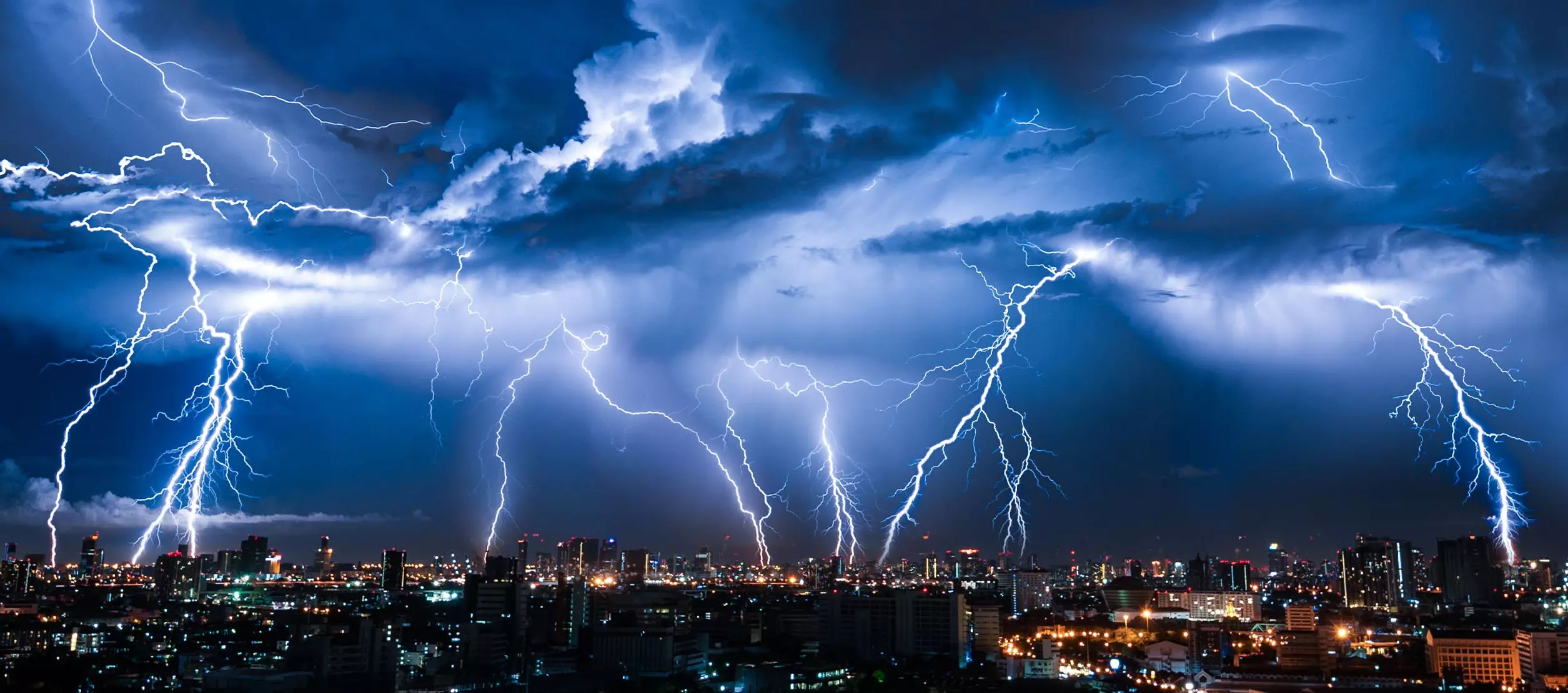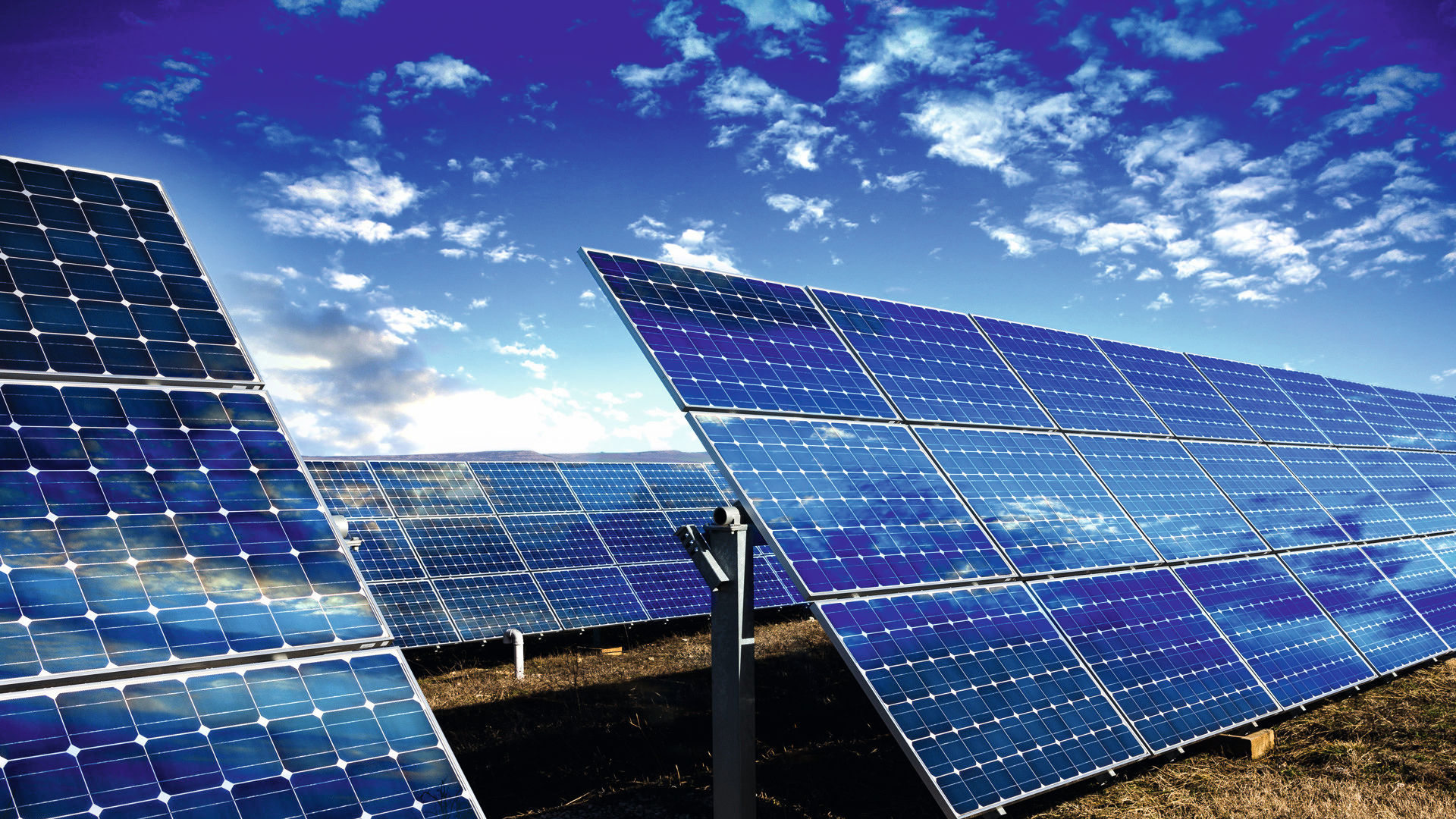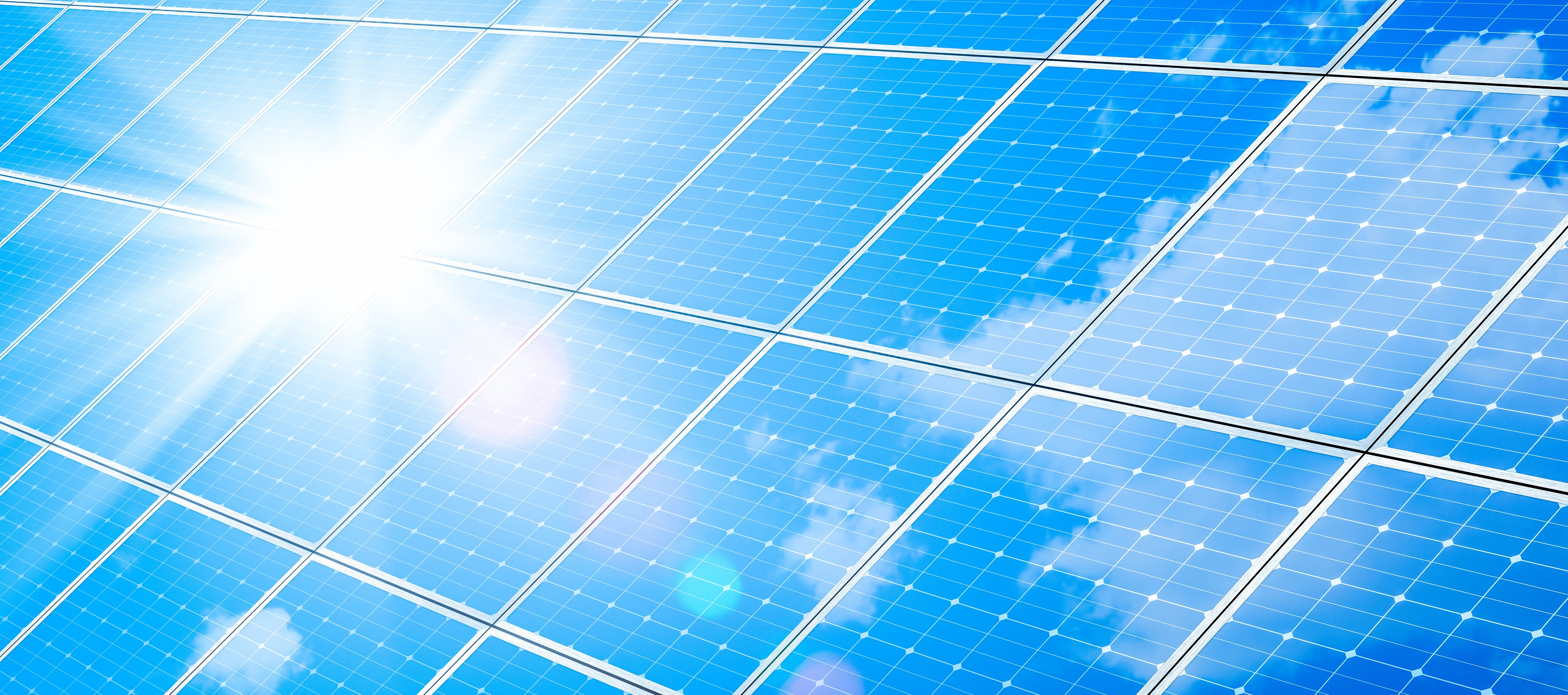A thunderstorm is a collection of electrical, optical and acoustic phenomena that occur between the clouds themselves or between the clouds and the ground. They can cause mechanical damage (trees falling on objects and power lines), fires, health hazards to people and animals, power outages and damage to equipment from atmospheric surges. For this reason, various measures are taken to minimise the risks of these damages.

Two types of protection
Buildings are protected using by external lightning protection (LPS - lightning protection system) and the internal surge protection measures (SPMs). External lightning protection (LPS) protects the building in the event of a direct lightning strike. In contrast, surge protection measures (SPMs) protect the equipment and persons inside the building from the effects of a direct lightning strike as well as from the induction effects caused by a nearby lightning strike and from the effects of overvoltages propagated across the distribution network and caused by both lightning and disturbances in the power distribution network.The basis of surge protection measures (SPM) is equipotential bonding and also the use of shielding. Equipotential bonding serves to limit current pulses on conductive parts by connecting all incoming metallic supply lines or structures directly to the protective earth and connecting live conductors to protective earth via surge protective devices (SPDs). For these measures to work properly, the common bonding network (CBN) must be well implemented.
Three stages of protection
Surge protectors (SPDs) are installed in several stages: type 1 SPDs (lightning arresters), type 2 SPDs (surge arresters), and type 3 SPDs.Type 1 SPDs are most often installed in main switchboards, ideally at the cable entry point into the building, near the main earthing terminal (MET) and at the PEN distribution point. SALTEK has several type 1 SPDs in its range: controlled spark gap arresters with pulse current, combined surge arresters with series-connected varistors with a spark gap, and varistor-based arresters. The FLP-B+C MAXI can also be used in cases where the LPS class is unknown.
Due to induction influences and interference from other lines, it is not sufficient to use the SPD only at the beginning of the installation. Type 2 SPDs are installed in branch and sub-distribution cabinets, and at places where additional equipotential bonding rail is installed. The surge protection device (SPD) should never be farther than 10 m from the equipment to be protected. Either a type 2 SPD, a type 3 SPD or a type 3 SPD with a high-pass filter should be installed to the protected equipment. Type 3 SPDs should be installed as close as possible to the protected equipment.
At the same time, it should not be forgotten to protect low-current systems (antenna leads, telephone and data lines) and any photovoltaic systems against overvoltage on the DC side as well.
With proper installation of surge protectors, you can experience a sense of peace and security even during thunderstorms.





